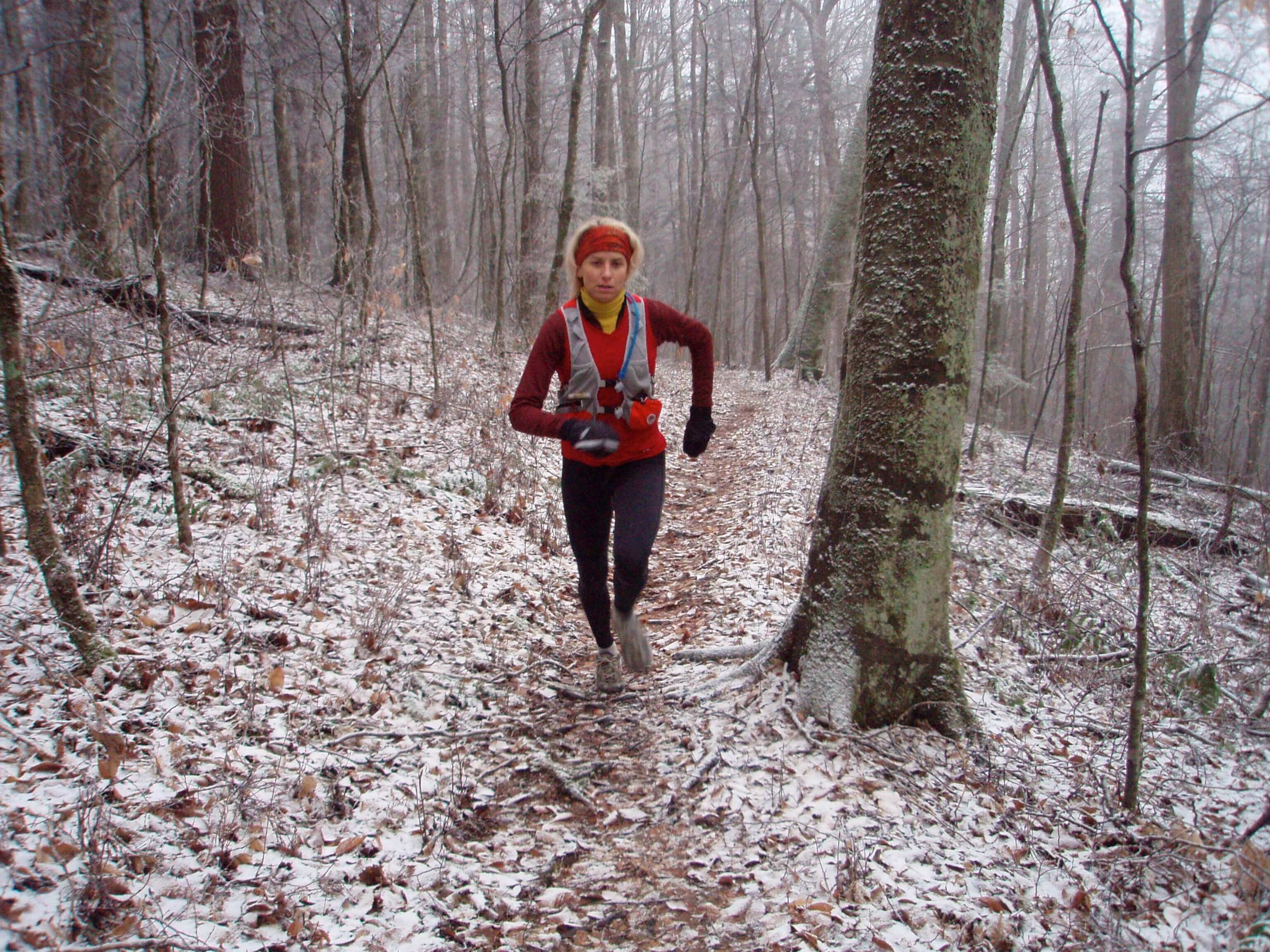Think for Yourself
At my last haircut, a young apprentice I’d never met shampooed my hair. As you do in such moments, we chatted about the weather—specifically, the unusually early snowfall that morning.
She told me she had looked out the window at the snowflakes falling and said to her boyfriend, who was lounging on the couch, “It’s snowing.”
Without bothering to get up and check, he replied, “No, it’s not.”
She giggled and, with a questionable sense of pride, told me, “I don’t think for myself, so I decided, ‘I guess it’s not snowing.’” Then she shrugged.
How does this relate to ultrarunning? Simple: your brain is like the boyfriend. Unless you do the opposite of what she did and think for yourself, you’ll proceed through life at its mercy—metaphorically trudging through snow without a coat—and wonder why you’re miserable.
Like the boyfriend, your brain isn’t interested in all the facts. Its most basic job is to keep you safely alive, which is wonderful but also limiting because to do that, it wants you to stay in your predictable, familiar comfort zone where you can’t fail. To that end, it supplies thoughts that keep you there while ignoring any evidence to the contrary.
But you’re an ultrarunner - you want to get out of that comfort zone to do impossible things.
Your job is to recognize the negative thoughts your brain offers as just one version of the situation—there are always other, more helpful perspectives you can choose. You can decide whether “it’s not snowing” or it is.
For example, imagine your brain tells you: “You’re tired and going so slow; there’s no way you can finish this race. You might as well drop here and save yourself extra pain and suffering.”
Before you hand in your number and quit, pause. That thought is only one way to see the situation—not the only way. Yes, you feel tired and slow, but does that mean you need to drop?
This is your opportunity to think for yourself. You might decide instead: “Yeah, I feel crappy and slow right now, but I’m still in the race, and I’m going to keep moving.”
Thinking for yourself is how you defeat negative thinking and finish races.
You can do it consistently if you have one simple process you can apply to negative thinking in any situation. That’s why I teach my clients the Mindshift Process, which helps them recognize when and how to think for themselves, independent of the negative thoughts their brain offers. Together, we practice applying it to all kinds of scenarios so they can do it naturally, whether they’re facing a tough training run, a brutal race, or a life challenge.
The payoff is huge. When you take responsibility for thinking for yourself, you no longer have to blindly accept the negative thoughts your brain tells you. You stop letting it talk you into quitting, holding back, or playing small.
Your brain may be like the lazy boyfriend on the couch, telling you whatever makes it easiest to give up and stay comfortable: “Quit. Stay home. Don’t risk failing.” But now, you can hear it and know you don’t have to obey. You can think for yourself and keep going.
Unlike the shampooing apprentice, you can build the skill to decide for yourself if it’s snowing.
Master this one skill, and it will transform your running—and your life.
No matter what negative thoughts enter your head, you’ll be able to sign up for the ambitious races, follow through on your training, and push through all the mental chatter you used to fear, to finish “impossible” races.
You’ll stop running at the mercy of your mind and start running the way you know you’re capable of—strong, confident, and determined.

